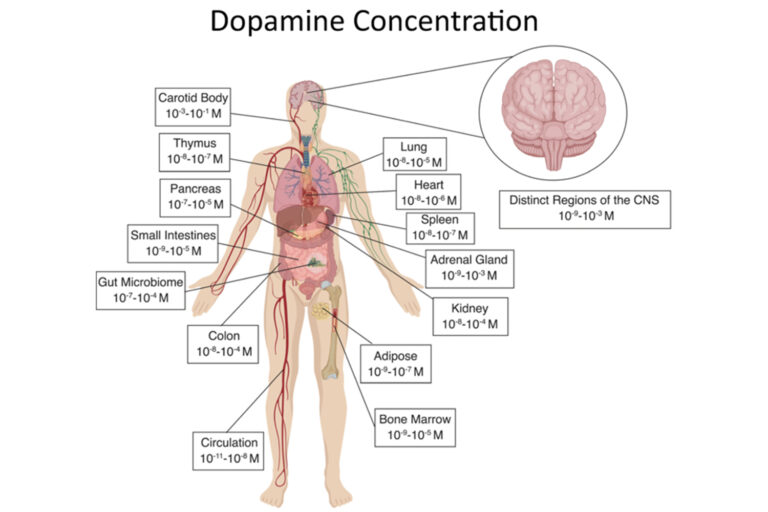By Elias Abichacra (Phd)
Muscles, as the main actors of movement, can be radically transformed by a well programmed training. When we look at the records of some sport events, we can closely attach them to the progress of scientific research. Sport Science started to emerge after the Mexico Olympic Games when the altitude problem caused unprecedented turmoil in the sports family. From that time on, Sport benefited from systematic research that helped it progress by great leaps. At the same time, Sport business has influenced the progress of contemporary sport in a good as well as in a bad way.
Our muscles can store energy in different ways. They produce force using three types of biological fuel that they extract from the different meals a person takes daily. Before the advent of Sport Science, many thought that meat/protein was the essential and unique fuel used by the muscle. Thanks to scientific research, it was finally understood that fuel came from rapidly or slowly assimilated sugar. Both of these sugars classified as Carbohydrates play an essential role to furnish energy to the muscle when it is needed.
Muscles store energy in three different ways. There is fuel which is immediately available but in scanty amount and is called ATP. It can help produce an extremely high intensity exercise for only 7 seconds. The second stored energy called Glycogen is stocked in the muscle and the liver and can produce a lesser intense exercise (85 % of ATP) and last at full intensity for 45 seconds. The third stocked energy is fat which constitutes the most important energy reserve. It is concentrated at different parts of the body and can be utilized for hours without interruption. It is easy to observe that the lesser the stock of fuel, the higher the intensity of the exercise and on the opposite side, the greater the quantity of fuel available, the lesser the force produced.
Our muscles harbor two paradoxes. Cars with hybrid motors produce the same type of work notwithstanding the type of fuel they use. Muscles are completely different than motors. They use three types of fuel which are different by the quantity that is available, the amount of energy each type of fuel can produce and the duration of the stocked fuel.
The first paradox shows us that a specific type of exercise uses a specific type of fuel. Explosive exercises that have a short duration use exclusively the ATP fuel. Sprinters, Jumpers and Throwers depend narrowly on this rare but high energy productive fuel. Exercises with a mix of high intensity efforts combined with actions that must be repeated for quite a long time depend in their majority on Glycogen, but to a lesser extent also on fat as well as ATP. Most of the Ball games, Combat sports, Mid distance athletics races etc… use preferably Glycogen. Exercises that last for a long period of time and with low intensity use at the beginning Glycogen but as the exercise continues-over 45 minutes- fat comes to the rescue of the muscle to continue the effort. Long distance running, jogging, cycling are the physical activities that use fat.
The second paradox is the reaction of the muscle to repeated exercise especially when it is scientifically designed. If you open your mobile phone and look at the voltage of the battery, it shows a fixed number-most of the time 3.5 volts. Depending how you use your phone, you can wipe out the stocked energy more or less quickly. When you recharge your phone, you can only recharge up to the level indicated on the battery. This is not what happens to your muscle. Repeating exercises of the same type and by respecting the time to recharge the muscle, you finish by depleting all the stock of fuel. Then here is where the magic works. Instead of recharging the fuel to the initial level from which you started, you shall increase the stock of energy available for the next training session. The next time you practice you must train at a higher level because the stocked energy fuel is more than when you began training. This process continues as long as you train using that particular fuel as well as if you respect the time to refuel totally. This process of recharging by surpassing the initial stock level is called Hyper Compensation or Natural Doping. A well designed training program can increase the potential of any athlete dramatically. Unfortunately this process continues as long as you continue practicing methodically. As soon as you stop your training, the fuel stock recession begins. After sometime a person can return to the level he/she had when he/she started! FITNESS IS NEVER PERMANENT, IT MUST BE MAINTAINED RELENTESSLY! A person must always continue training in order to maintain the level of performance but must adapt his/her practice to his/her evolving physical status. But nobody can maintain his/her fitness level at the top forever. We mustn’t forget that the cells of our body progressively get older and become less effective. This is the main reason that pushes former top level athletes finally retire one day. We can’t stay young forever and the rules of Biology are implacable.
Performance depends on three equal pillars that are 1. A scientifically designed training program 2. A correctly balanced diet and lastly 3. A sufficient repairing rest that includes relaxed daily life after training as well as a good sleep. Giving importance to one or two of these pillars at the detriment of the other(s) can provoke what specialists call the Overtraining Syndrome. This can happen for example if you train very hard and don’t replace the energy you burnt by eating less than recommended. On the other hand, if you train hard and eat correctly but if you sleep less than necessary, you are prone to chronic fatigue which comes insidiously. Overtraining has many visible signs like flu that can stay for weeks even months, declining appetite, altering humor, insomnia, irritability etc…
Remember Health is Wealth
You can contact the writer on this e-mail
address: elias.abichacra@yahoo.com





